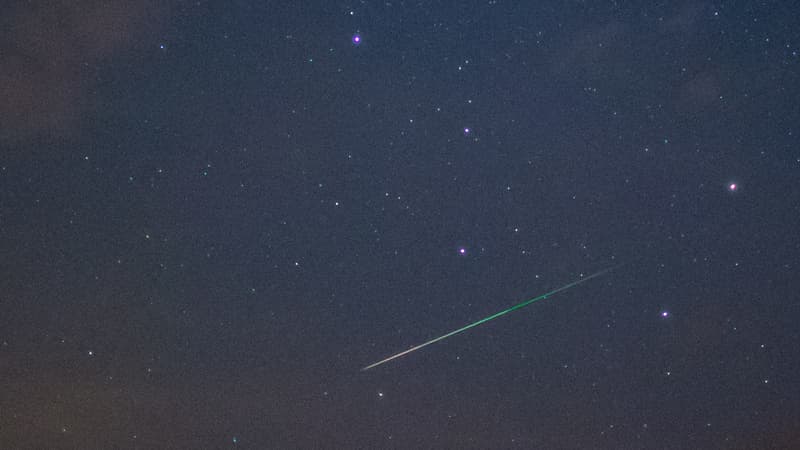If you turn your head to the sky tonight, you will surely be lucky enough to see shooting stars. Called the Orionids, these meteors are visible every year at this time, for several weeks, but it is on the night of Friday through Saturday that they will be most visible, writes the American Meteor Society (AMS).
These meteors are debris left behind by Halley’s Comet, and each October the Earth passes through them. Thus, the Orionid period actually began on October 2 and ended on November 7.
“A few days before and after [ce 21 octobre]look at the sky, you should see some nice trails of light that seem to come out of Orion’s head,” wrote on Twitter Astropierrescientific mediator.
Up to 20 visible meteors per hour
Tonight, “up to 20 fast-moving Orionid meteors should be visible per hour from rural areas far from city lights,” writes the AMS, which describes this meteor shower as “medium strength,” but “there were surprises in the past when these rates were three times higher.
To see them it is not necessary to have specialized equipment, the eye is enough. It will be necessary to look at the sky in the direction of the Orion constellation, as the name of these meteors indicates. However, seeing them in the city will be difficult due to light pollution, and even in rural areas, we will have to hope that the sky is not overcast to observe this heavenly spectacle.
It is not the first time this year that Halley’s Comet showers us with shooting stars. Last May we had already been able to observe the Eta Aquarids, so called because they seem to come from Eta Aquarii, one of the stars in the Aquarius constellation.
The next expected meteor shower is the Leonids, whose period begins on November 3 and ends on December 2, according to the AMS.
Source: BFM TV


